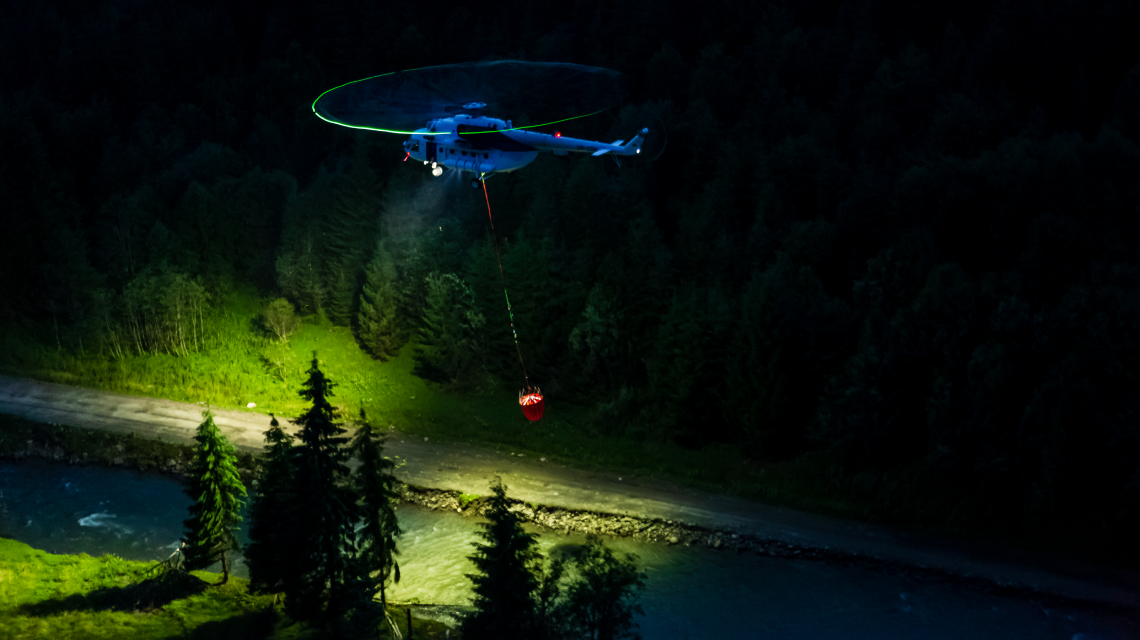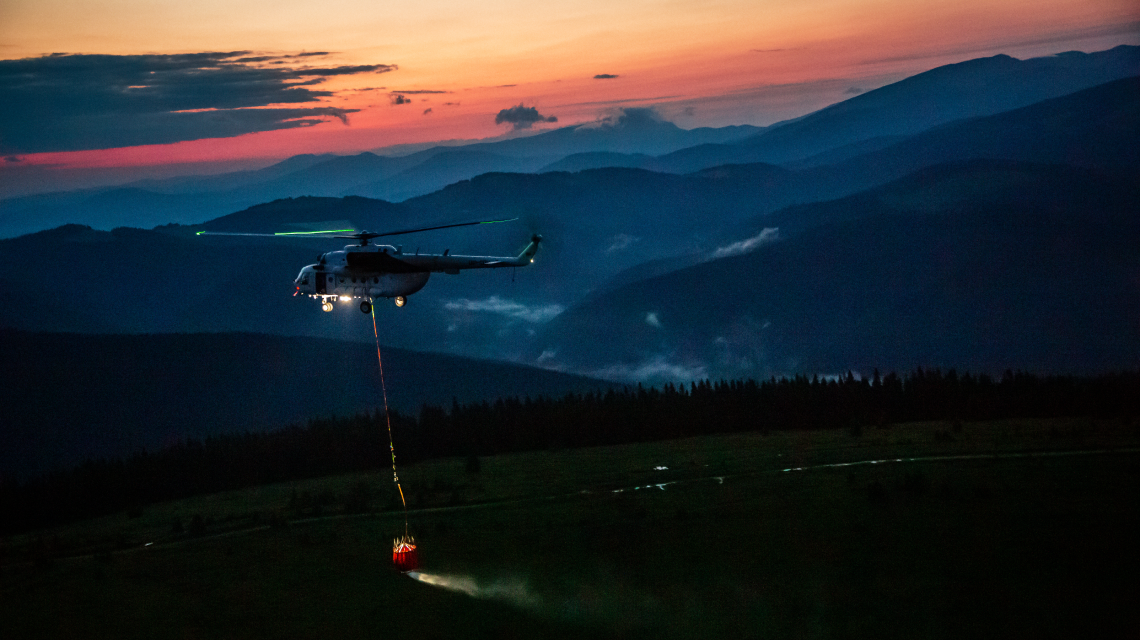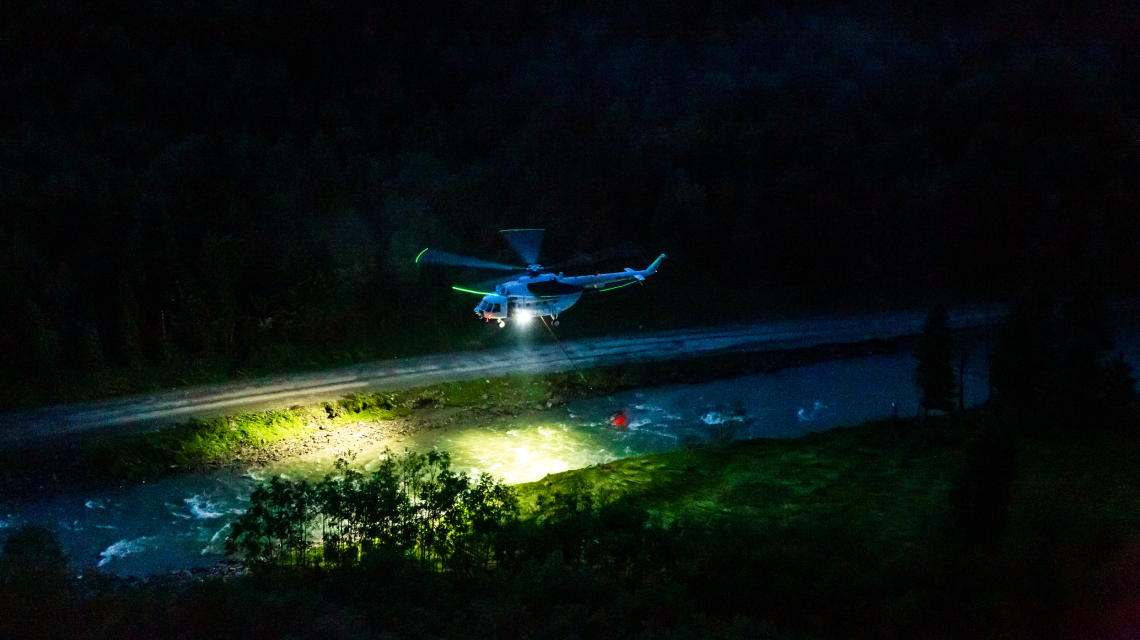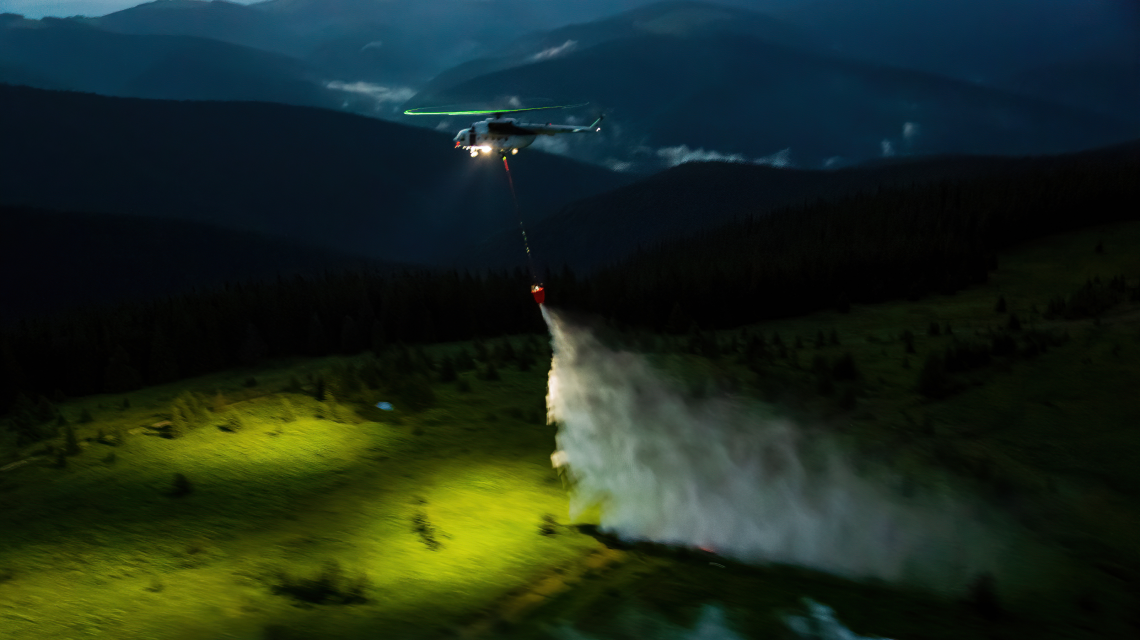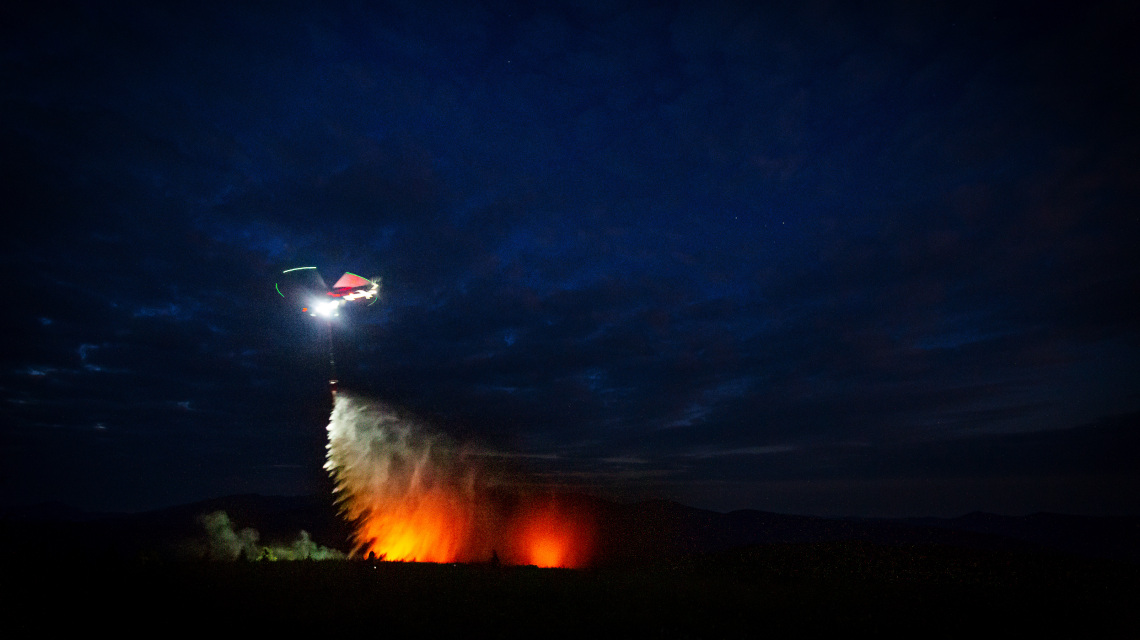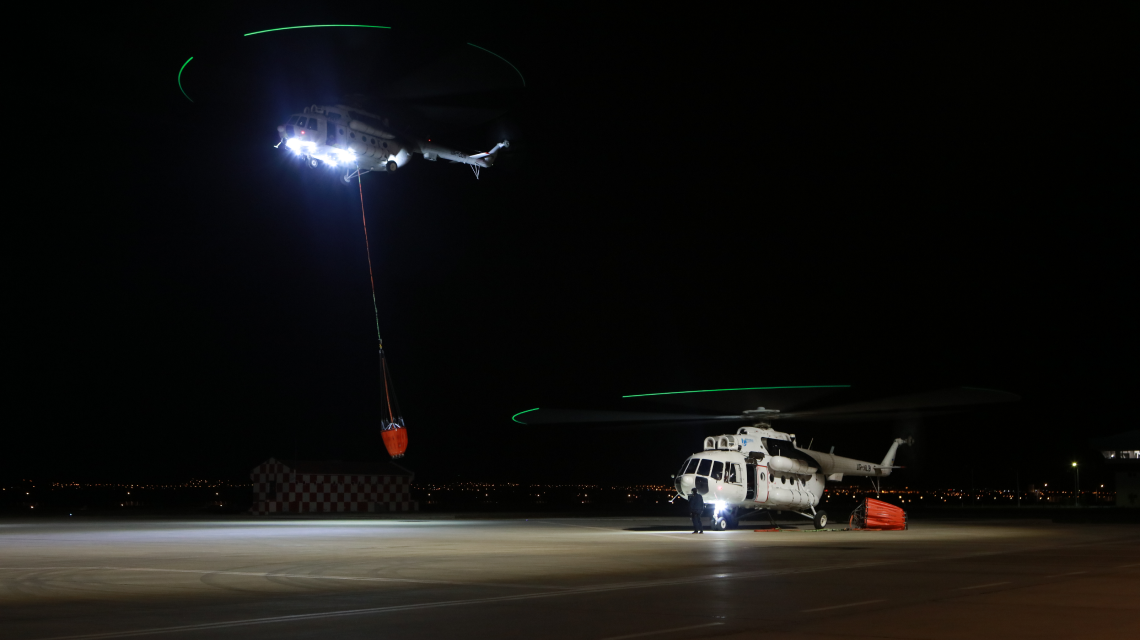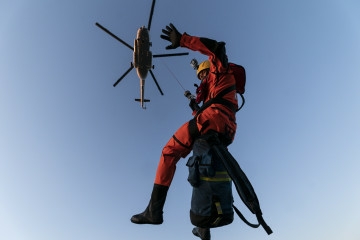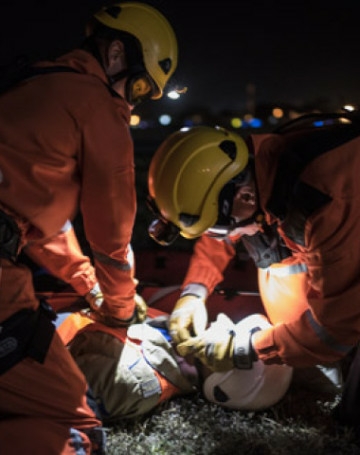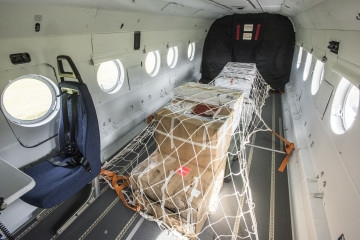About the company
Operations
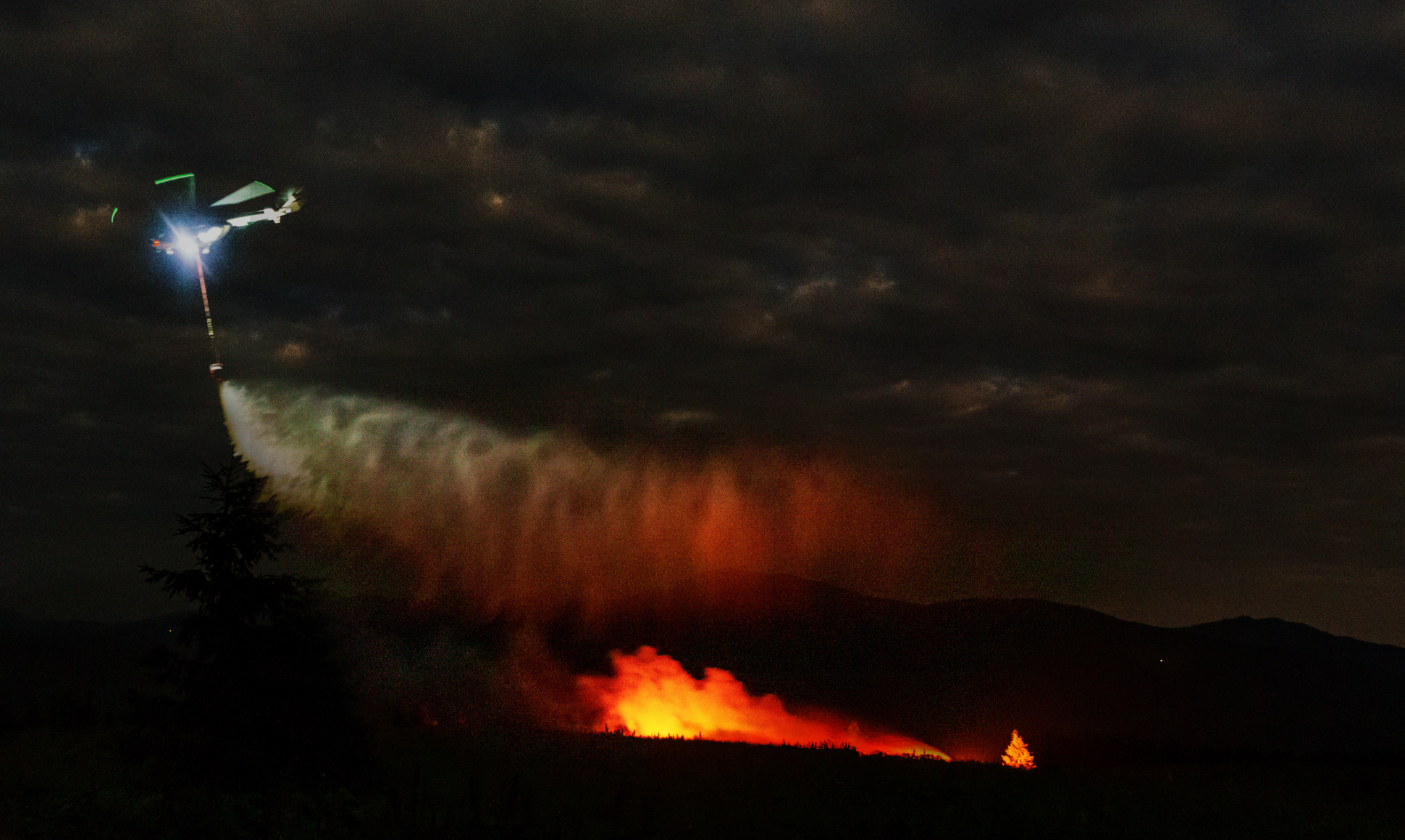
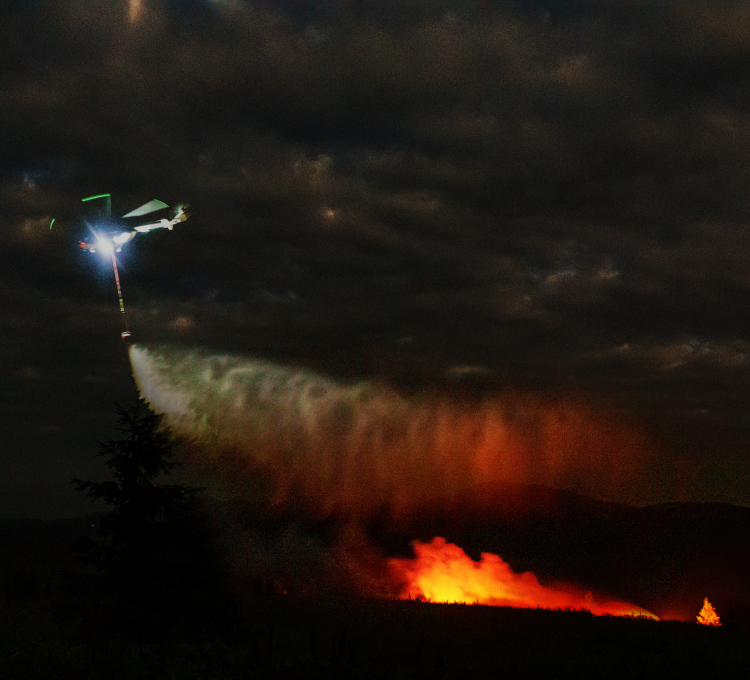
Efficiency of
nighttime firefighting
Firefighting at night not only allows for better detection of fire sources but also enables effective suppression of them.
At night, temperatures drop and humidity may increase, making water dumping more effective against intense fires. Additionally, there are fewer aircraft in the sky, making operations safer.
Using night vision technology, operators can accurately determine the ideal dumping zone. This ensures better precision compared to daytime operations.
Furthermore, by utilizing thermal imaging technology, the helicopter can detect fire movement, which is difficult to see during daylight hours. When the crew operates around the clock, the fire does not grow overnight, thus preserving some of the progress made during the day.
1
Reduced wind speed
2
Increased air humidity
3
Continuous impact on the fire 24/7
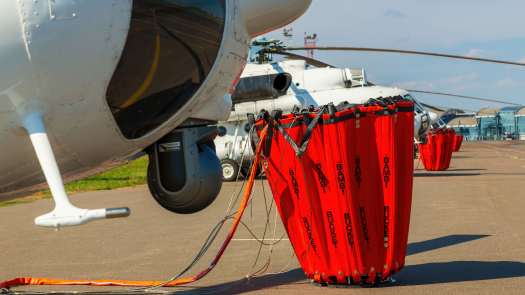
External water dumping device with a capacity of 3000 liters
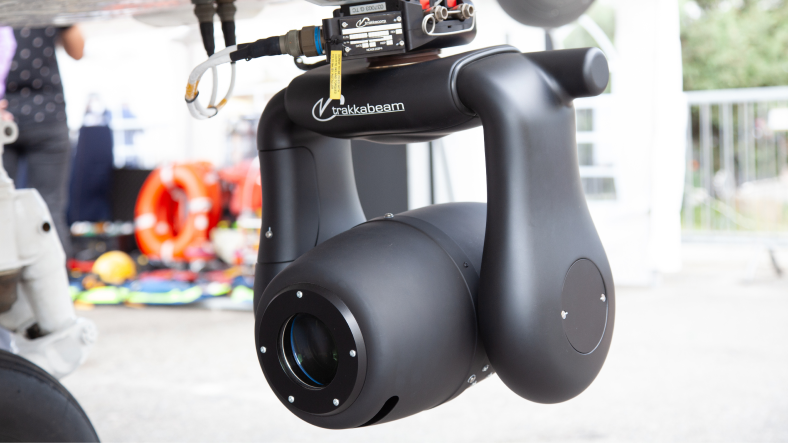
Controlled searchlight and 9 additional headlights
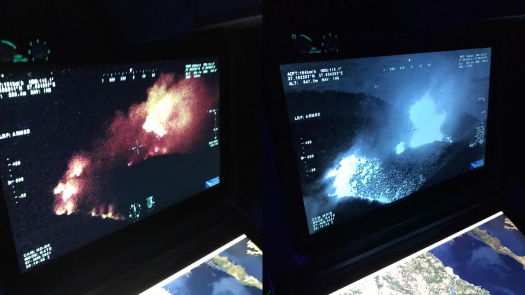
Performs tasks of patrol, surveillance, monitoring, reconnaissance in 24/7 mode. Allows detection, identification, quantitative and qualitative assessment of objects with the ability to record, store and transmit video and photo information.
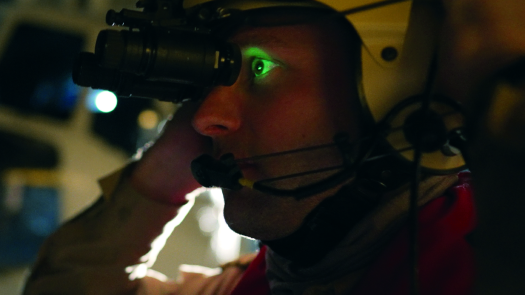
For viewing the area outside the helicopter cabin during nighttime to ensure the ability to take off, pilot at extremely low and low altitudes, search for and identify objects, and land on unprepared and unlit sites. This enables the pilot to operate almost as if during the day due to the amplification of natural nighttime lighting from the moon, stars, and nocturnal glow.
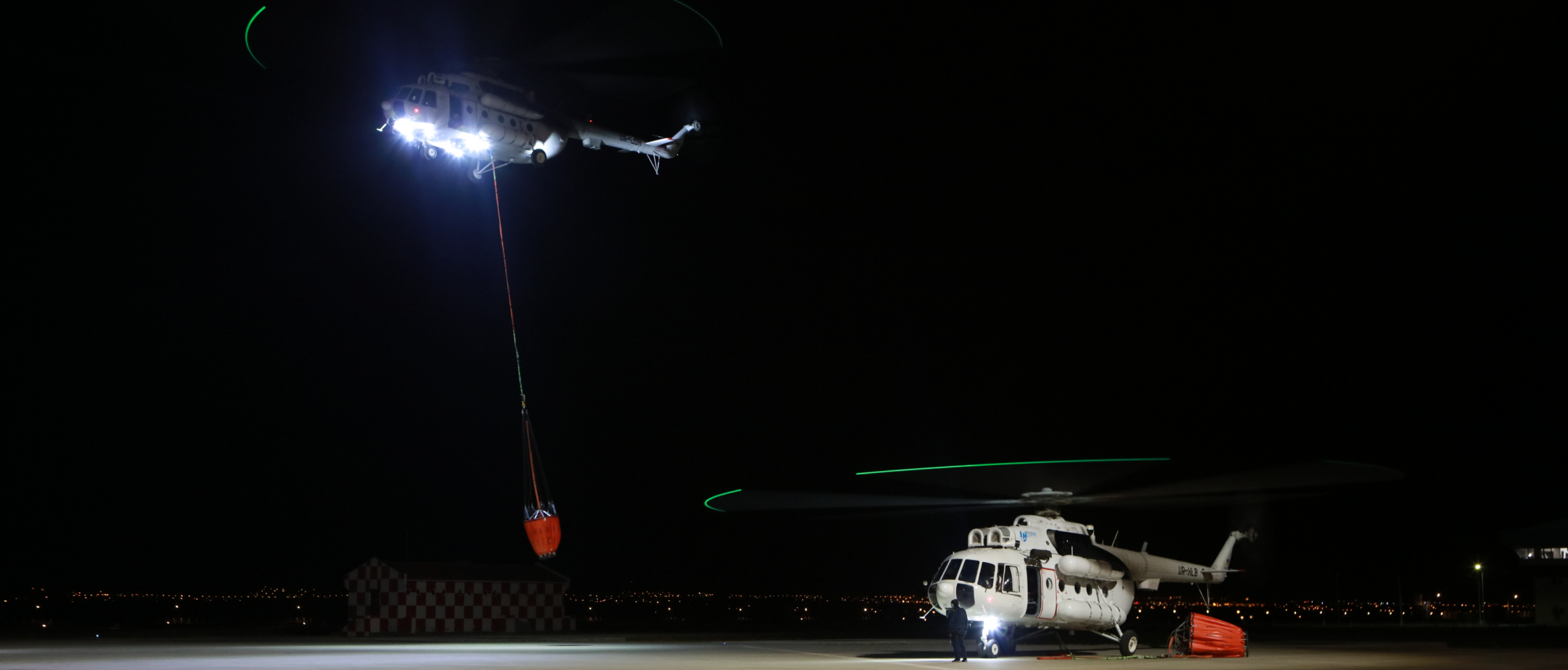
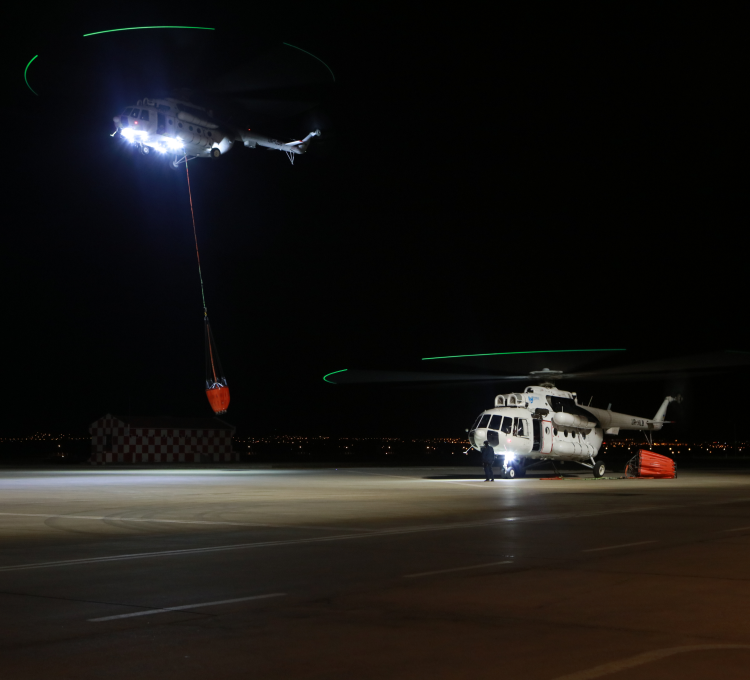
Capabilities
1
Monitoring flights with the help of thermal imagers allow pilots to detect fire sources, which in the absence of immediate response can spread at night and grow into a full-scale fire.
2
Direct firefighting at night in mountainous areas with higher effectiveness when performed by several modernized helicopters.
3
Prompt deployment of fire brigades with the help of rappeling device, which allows them to be short-hauled from a hovering helicopter to a fire zone, as well as their extraction with a rescue hoist.
4
Evacuation of victims from the area of natural disaster and on-board administration of intensive care to patients with various injuries, including burns.

